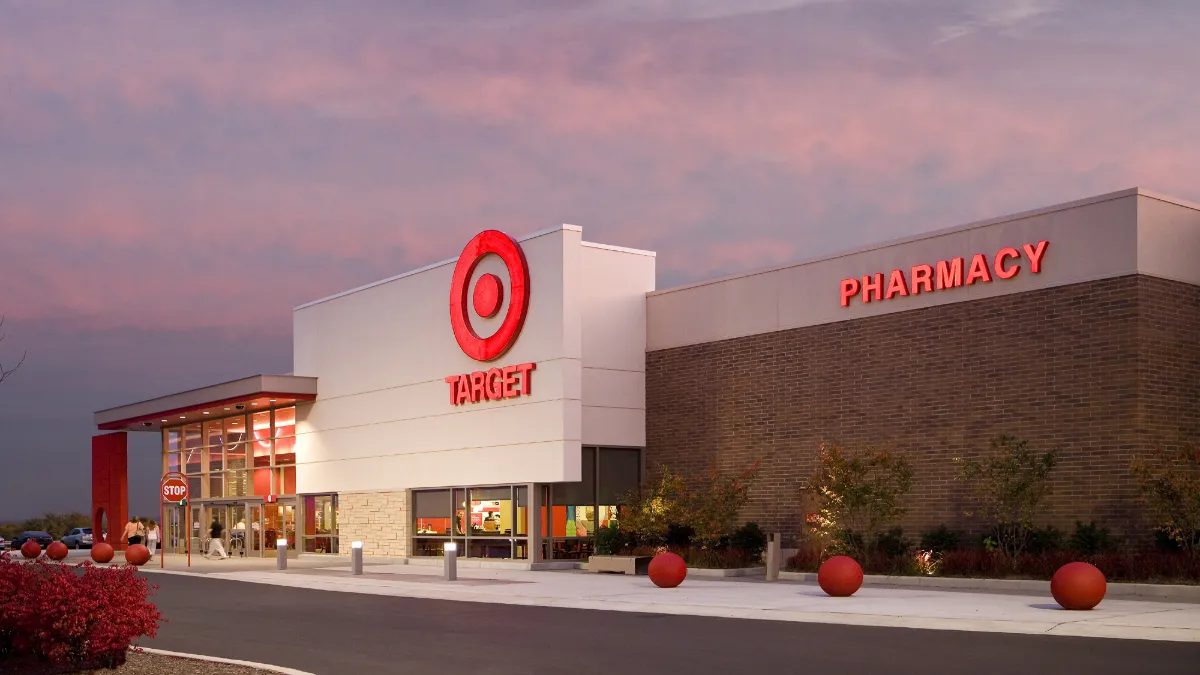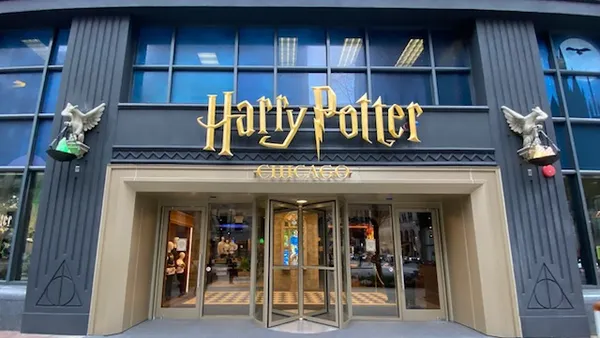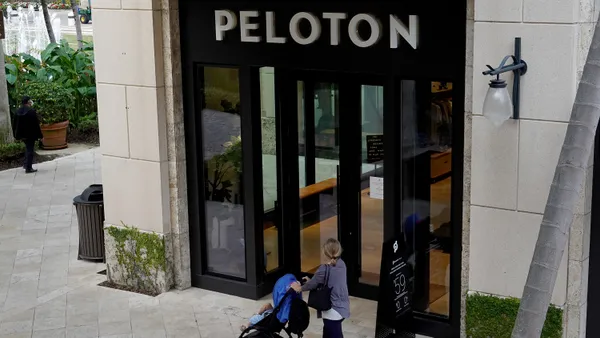Dive Brief:
- Target plans to add 30 stores to its footprint this year to reach new markets, the retailer announced. New locations include mid-size stores in suburban areas as well as small-format stores in urban cores such as Charleston, South Carolina, and Times Square in New York.
- Along with new stores, Target announced plans to give 200 existing stores "top-to-bottom renovations," adding to its remodel program. The retailer also plans to open more than 250 Ulta shop-in-shop locations by the end of 2022
- All of these moves are part of a plan by Target to invest $5 billion to scale its operations this year. The retailer's plans also include investments in its digital, fulfillment and distribution capabilities.
Dive Insight:
Target's leadership has enjoyed something of an I-told-you-so moment this week, if not the past two years.
The retailer dumped billions of dollars into its business, including in its stores, before investing in brick-and-mortar became cool again. Its most recent fourth quarter and yearly results showed just how big the payoff has been.
Target's stores are at the center of its growth in recent years. (That growth, as CEO Brian Cornell noted during an investor meeting, amounts to $27 billion in sales over the past two years.) The retailer has played around with new formats, as well refreshed its existing stores to make them more inviting and shoppable.
Stores also function as hubs, fulfilling the vast majority of the retailer's offline and online sales and making them pickup centers for customers who its curbside and buy online, pick up in store services. The 200 remodels on the docket for Target play to both functions, with brighter lighting and elevated merchandise displays along with enhanced hold space and pickup areas.
It's obvious why Target feels comfortable investing more money in its stores. The retailer's comp sales for 2021 increased 12.7%, driven by a similarly scaled increased in foot traffic. For the years ahead, the company now expects revenue and operating profit growth in the mid-single digits. It also plans $4 billion to $5 billion a year in capital spending, and a return on invested capital reaching up to 30%.
The retailer's 2021 results and investor meeting this week "increased our confidence in the company’s ability to gain market share and generate strong earnings growth by scaling existing initiatives, expanding omni-channel capabilities, and leveraging customer insights," Telsey Advisory Group analysts led by Joe Feldman said in a research note Wednesday.
The analysts pointed to key initiatives, including the retailer's digital capabilities; loyalty program; growing Roundel advertising business, which the company said hit $1 billion in value for 2021; success in opening new stores; investments in workers, including recently announced wage hikes; and adding "newness" across categories through private brands and partnerships with others such as Disney.
But Target is not without its challenges. Bill Kirk, managing director with MKM Partners, said in a research note the company has "stagnant customer satisfaction" in Yelp! scores, declining penetrations in its Red Card loyalty program, an aging store fleet in need of remodeling investments and heavy geographic overlap with Walmart, along with other obstacles to sales and profit growth.














